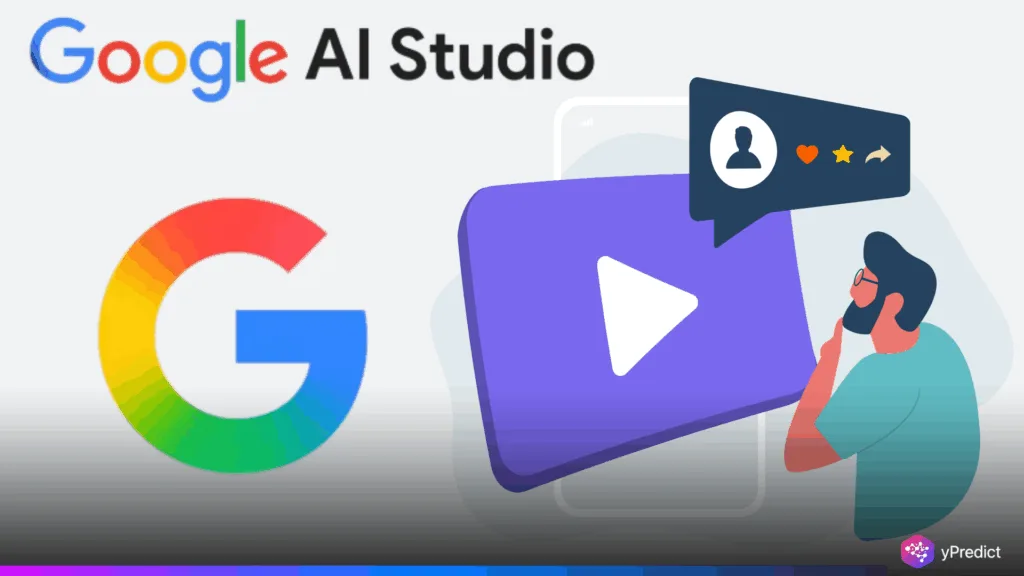
Google has released an open-source starter that uses Veo 3 and Imagen 4. This will turn a Next.js template into a video-making tool that runs in the browser. Additionally, the kit allows for in-browser trimming, image-based motion creation, and text-to-video generation.
It facilitates simple downloads and real-time playback through integration with the Gemini API. Furthermore, this move is consistent with Google’s objective to increase developers’ and creative teams’ access to advanced video tools.
How Does This Simplify Video Generation for Creators?
The starter enables developers to use Veo 3 to create brief clips for text-to-video tasks. Imagen 4 provides excellent stills as starting frames, allowing for greater creative freedom. Additionally, files can be downloaded without the need for additional infrastructure, and outputs play instantly in the browser.
The Next.js template offers a production-ready framework for routing, state management, and user interface elements, making customization easier. Veo 3 uses text prompts to produce cinematic effects, and Imagen 4 enhances images before applying motion.
As a result, both models function via the Gemini API, guaranteeing smooth integration. By using WebAssembly to compile FFmpeg, in-browser trimming improves privacy and does away with server-side processing. These features allow for seamless editing experiences on contemporary devices and cut down on setup time.
Building Flexible Workflows with AI Video Studio Tools
The project serves as an example of how to combine text and image prompts to exercise creative control. Developers can use an Imagen 4-generated image or upload their own before using Veo 3 to apply motion. Additionally, current limitations help to maximize user experience by limiting outputs per request and imposing short clip durations.
The Gemini API documentation covers watermarking for secure deployment, model options, and rate limits. It’s easy to add storage, authentication, or custom workflows with the Next.js template.
Trimming tools allow users to export completed clips directly from the browser and specify in-and-out points. Google also offers Veo 3 Fast for faster generations where speed is crucial. Imagen 4’s improved text rendering improves branding and layout accuracy. These updates work together to simplify development and expedite prototyping.
Preparing for the Next Wave of Browser Video Tools
The open-source foundation promotes scalability and modular design. Thus, teams can add analytics, content moderation, or collaboration tools to the template. As models advance, expect richer media experiences with longer clips, more advanced editing tools, and audio integration.
How Does AI Video Studio Reshape Creative Possibilities?
Google’s release speeds up and simplifies the process of creating an AI video studio online. Development, preview, and trimming are all features that developers can use without relying on complex backend systems. Additionally, Veo 3 and Imagen 4 enable rapid iterations that are advantageous to creative teams.
Additionally, a strong Next.js template foundation facilitates the transition from prototype to production. Google’s models and Gemini API will mature quickly, enabling next-generation browser-based video workflows.






